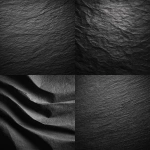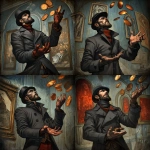Explore the Best AI Image Gallery

Pixels and Positivity: Exploring the Impact of AI-Generated Images on Art
The realm of art has always been a canvas for innovation, constantly evolving with new technologies and ideas. Today, we stand at the precipice of another groundbreaking shift: the rise of AI-generated images. These creations, born from complex algorithms and massive datasets, are blurring the lines between human and machine creativity, sparking both excitement and debate.
A New Brushstroke: How AI is Transforming Art
AI image generators, powered by deep learning models like DALL-E 2, Midjourney, and Stable Diffusion, are capable of producing stunning visuals from simple text prompts. An artist can input a description – a surreal landscape with floating islands and bioluminescent flora – and the AI will conjure a unique image that reflects their vision. This opens up a world of possibilities:
- Democratization of Art Creation: AI tools empower individuals without formal artistic training to express themselves visually, making art creation more accessible.
- Exploration of Novel Concepts: Artists can leverage AI to explore abstract ideas and push creative boundaries, generating images that might be difficult or impossible to create traditionally.
- Enhanced Efficiency and Collaboration: AI can assist artists in tasks like concept sketching, generating variations on a design, or creating realistic textures, freeing up time for more conceptual work. It can also facilitate collaboration between artists and designers across geographical locations.
Beyond Aesthetics: Applications Across Industries
The impact of AI-generated images extends far beyond the realm of fine art. Their versatility finds applications in diverse sectors:
- Marketing and Advertising: Creating eye-catching visuals for campaigns, generating product mockups, and personalizing marketing materials.
- Entertainment and Gaming: Designing game environments, creating realistic character models, and producing stunning visual effects.
- Education and Research: Visualizing complex data, illustrating scientific concepts, and creating interactive learning experiences.
Ethical Considerations: Navigating the Uncharted Territory
As with any powerful technology, AI image generation raises important ethical questions:
- Copyright and Ownership: Who owns the copyright to an AI-generated image – the user who provides the prompt, the developer of the AI model, or the AI itself?
- Bias and Representation: AI models are trained on vast datasets that may contain biases, potentially leading to the generation of images that perpetuate stereotypes or misrepresent certain groups.
- Misinformation and Deepfakes: The ability to create highly realistic images could be misused for creating convincing fake news, propaganda, or manipulated media.
The Future Canvas: Trends Shaping the Landscape
The field of AI-generated imagery is rapidly evolving. Here are some trends that will likely shape its future:
- Increased Accessibility and User-Friendliness: AI tools will become more intuitive and accessible to a wider range of users, empowering individuals with diverse backgrounds to participate in creative expression.
- Enhanced Realism and Control: AI models will continue to improve in their ability to generate hyperrealistic images and provide users with greater control over the details of their creations.
- Integration with Other Technologies: AI-generated imagery will be increasingly integrated with virtual reality, augmented reality, and other technologies, creating immersive and interactive experiences.
- Ethical Frameworks and Regulations: As the technology matures, we can expect to see the development of ethical guidelines and regulations to address concerns surrounding copyright, bias, and misuse.
Conclusion: Embracing the Creative Synergy
AI-generated images represent a profound shift in the creative landscape, offering both exciting possibilities and complex challenges. By embracing this technology responsibly, fostering open dialogue, and prioritizing ethical considerations, we can harness its power to unlock new forms of artistic expression, drive innovation across industries, and ultimately enrich our collective human experience.
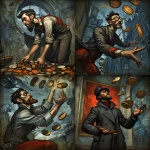
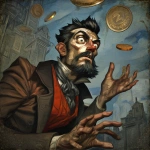
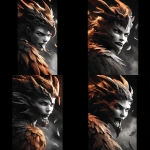
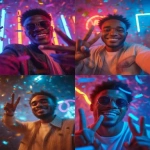
](https://images.ai-img.art/thumbnails/150/1d7b3a908141474d50d90721c394db29c0cb5404d685ae70ea60430c18e905b7.webp)
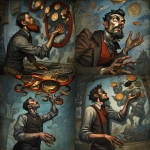


](https://images.ai-img.art/thumbnails/150/1accb5453f2335686b162f0a879c7ce73a18516a33868f214a16bdaf95beeb5a.webp)
](https://images.ai-img.art/thumbnails/150/3c5dc62bba83cc9919c20ebfec8430d31e821cef586a2753dd85ef26d77d480a.webp)

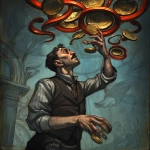


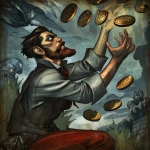
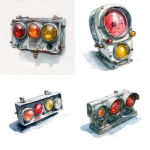


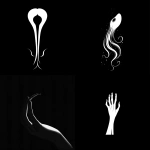
](https://images.ai-img.art/thumbnails/150/8c320ce9aefbbb5b9ec5fd4e1d0fba7388f0fff5b6c2e2f14077cad3008f291d.webp)

](https://images.ai-img.art/thumbnails/150/3e8c063b4357fc743a3c6e49a3145ee31b2dcecc018c38d2db8f97bf3e3fda3f.webp)
